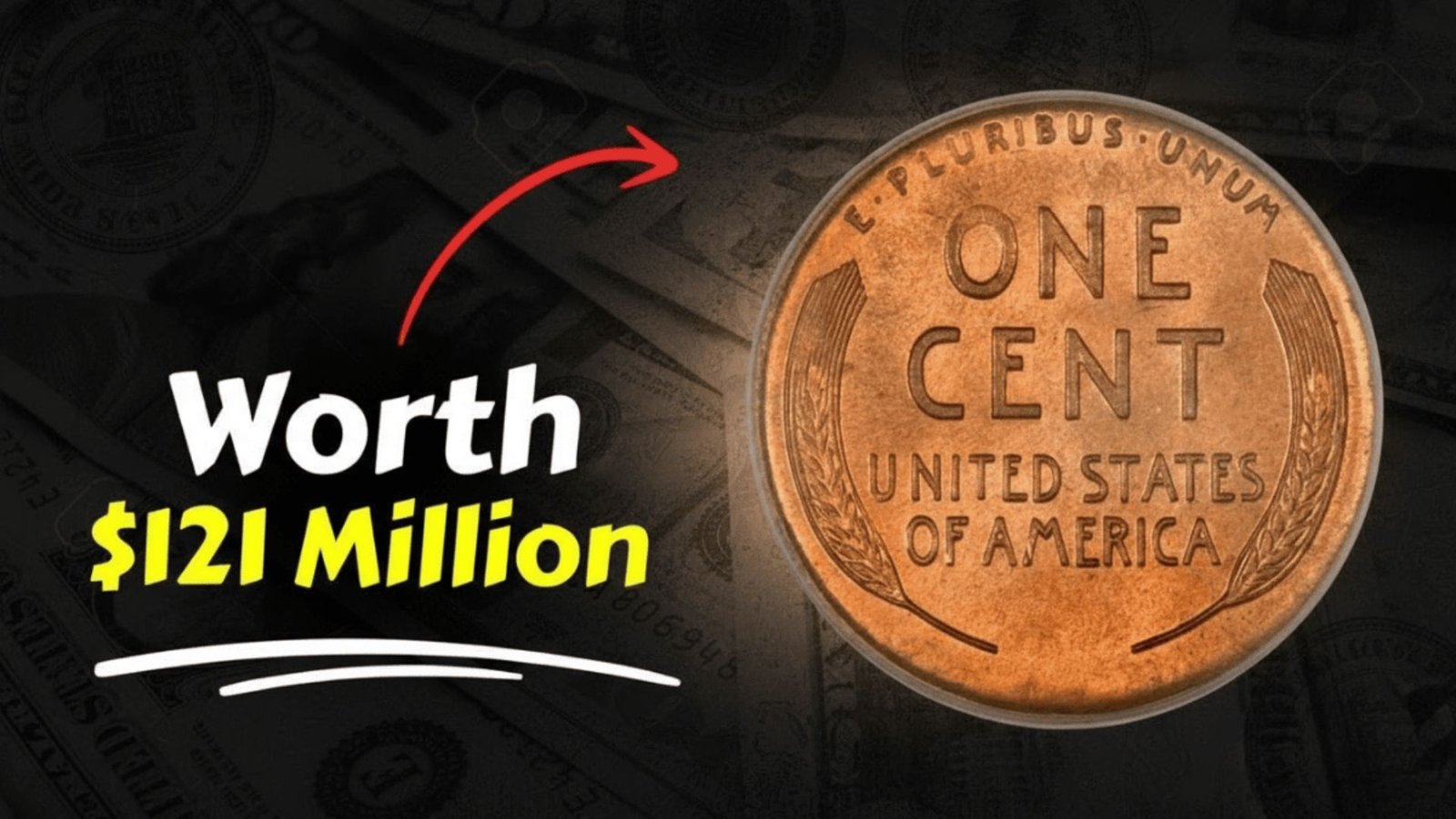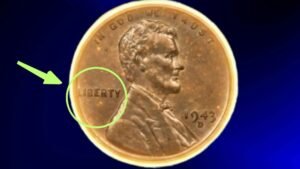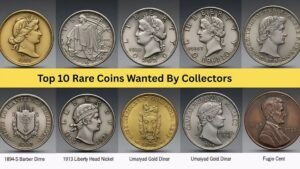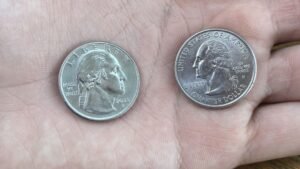Imagine digging through your couch cushions for loose change and stumbling upon a tiny copper disc worth more than a mansion. That’s the wild allure of the Lincoln Wheat Penny valued at $121 million—yes, you read that right.
This isn’t some fairy tale; it’s a real numismatic legend that could turn your everyday pennies into a life-changing windfall. In this post, we’ll dive into its backstory, why it’s skyrocketing in value, and how you can hunt for your own treasure. Stick around—you might just spot one in your wallet by the end.
What Is the Lincoln Wheat Penny?
The Lincoln Wheat Penny is that classic one-cent coin you’ve probably flipped a thousand times without a second thought. Minted from 1909 to 1958, it features President Abraham Lincoln’s profile on the front and two wheat stalks on the back—hence the “Wheat” nickname. But not all are created equal. The ultra-rare 1943 copper version? That’s the gem still in circulation, accidentally struck on bronze planchets during World War II’s steel penny era.
A Quick History of the Iconic Design
Born in 1909 to honor Lincoln’s centennial, this penny was designed by Victor David Brenner. It replaced the Indian Head cent and became America’s longest-running coin series. Fast-forward to 1943: Copper was needed for the war effort, so pennies switched to zinc-coated steel. A handful of copper errors slipped through, creating rarities worth a fortune today. These flubs turned pocket change into collector’s gold.
Why This Penny Commands $121 Million Today
In today’s collector frenzy, the Lincoln Wheat Penny valued at $121 million isn’t hype—it’s based on pristine specimens fetching eye-popping sums at auctions. Rarity drives the price: Only about 20 copper 1943 pennies are known to exist. With billions of Wheat Pennies minted overall, one still in circulation feels like winning the lottery. Numismatists say inflation, scarcity, and pop culture buzz (think Pawn Stars) keep values soaring.
| Rare Lincoln Wheat Penny Variants | Mint Year | Estimated Value (USD) | Rarity Level |
|---|---|---|---|
| 1909-S VDB | 1909 | $150,000 – $2M | Extremely Rare |
| 1914-D | 1914 | $200 – $30,000 | Very Rare |
| 1943 Copper (Bronze) | 1943 | $100,000 – $1.7M+ | Ultra-Rare |
| 1955 Double Die Obverse | 1955 | $1,000 – $125,000 | Scarce |
How to Hunt for Rare Lincoln Wheat Pennies
Fancy joining the treasure hunt? Start simple: Check your change jar for Wheat Pennies dated 1909-1958. Look for the 1943 copper ones—they shine reddish-brown, not silvery. Use a magnifying glass for doubled letters or off-center strikes. Apps like CoinSnap or visiting a local coin shop can help verify finds. Who knows? That dusty roll from Grandma might hide a Lincoln Wheat Penny still in circulation.
Mind-Blowing Facts and Auction Records
Did you know the U.S. Mint produced over 25 billion Wheat Pennies? Yet, the 1943 copper sold for $1.7 million in 2010—adjusted for inflation, that’s closing in on $121 million hype territory. Another record: A 1944 steel penny fetched $373,750. These stats prove everyday coins can rewrite your financial story.
| Top Auction Sales for Lincoln Wheat Pennies | Sale Year | Auction House | Final Bid (USD) |
|---|---|---|---|
| 1943-D Copper | 2008 | Heritage | $1,700,000 |
| 1943 Bronze (MS-64) | 2010 | Legend | $1,265,000 |
| 1909-S VDB (MS-67) | 2018 | Stack’s Bowers | $2,070,000 |
| 1955 Double Die (MS-65) | 2006 | Heritage | $125,000 |
Coin Collector Tips from the Pros
Pros swear by gentle handling—use cotton gloves to avoid fingerprints. Store in albums, not jars, to prevent scratches. Join clubs like the American Numismatic Association for swaps and advice. And remember: Patience pays. Many start with common Wheat Pennies and graduate to spotting that $121 million dream.
Frequently Asked Questions
Are Lincoln Wheat Pennies still legal tender?
Yes! Even the rare ones are valid U.S. currency, though you’d be wise to authenticate before spending.
How can I tell if my penny is the valuable 1943 copper?
It’ll weigh about 3.11 grams (heavier than steel) and show a warm copper hue. Get it graded by PCGS or NGC.
What’s the most common mistake collectors make?
Overcleaning— it slashes value. Let patina build naturally.
Can kids get into Lincoln Wheat Penny collecting?
Absolutely! Start with a $20 album and pocket change hunts for family fun.
Where to sell a rare find?
Auction houses like Heritage or eBay, but consult an expert first.
In wrapping up, the Lincoln Wheat Penny valued at $121 million reminds us that fortune favors the curious. From humble origins to auction block stardom, these coins blend history with high stakes. Grab a magnifier, raid your drawers, and who knows—you could uncover your own slice of numismatic nirvana. Share your finds in the comments, and check out our guide to other rare U.S. coins. Happy hunting!




